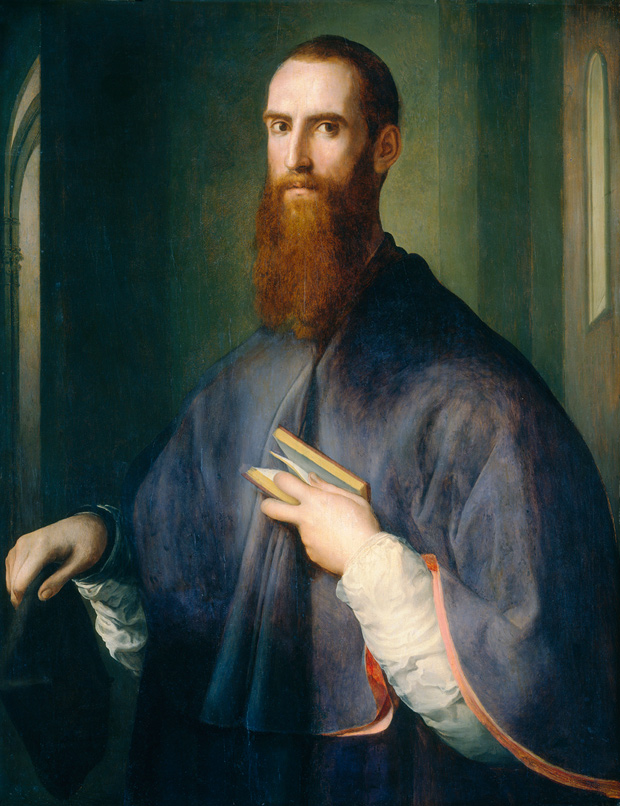In many respects the average art-lover remains a Victorian, and the Florentine Renaissance is one area in which that is decidedly so. Most of us, like Ruskin, love the works of 15th-century artists of that city — Botticelli, Fra Angelico, Ghiberti — and are much less enthusiastic about those of the 16th. But a superb exhibition at the Palazzo Strozzi, Florence, Pontormo and Rosso Fiorentino: Diverging Paths of Mannerism, might change some minds.
It contains pictures that are intense in emotion, eccentric, mysterious, sometimes bizarre and — to a 21st-century eye — appealingly neurotic. Rosso Fiorentino and Pontormo were almost exact contemporaries, born within a few months of each other in 1494. Their training was similar, they shared many influences, and yet as the subtitle of the show implies, they were very different artistic personalities.
The exhibition begins in the second decade of the 16th century. At that point, the great masterpieces of the High Renaissance were so new the paint was still drying. It seems that Rosso and Pontormo probably visited Rome in 1511 and saw Michelangelo’s still unfinished Sistine ceiling and the frescoes that Raphael was painting in the papal apartments. Even before that, the two young artists — 17 in that year — had seen the works in Florence by Michelangelo, Raphael and Leonardo. These were an inspiration, but also a dilemma. How to absorb these overwhelming influences and retain one’s individuality?
As the exhibition unfolds, one can trace the two men taking very different paths. Jacopo Carrucci, known as Pontormo after the village of his birth, was able to blend elements of the three great High Renaissance styles — Raphael’s compositional architecture, Leonardo’s soft shadow and tender naturalism, the athletic poses and acid colours of Michelangelo’s Sistine ceiling — into an enigmatic personal language.









Comments
Join the debate for just £1 a month
Be part of the conversation with other Spectator readers by getting your first three months for £3.
UNLOCK ACCESS Just £1 a monthAlready a subscriber? Log in